Texts and Stained Glass
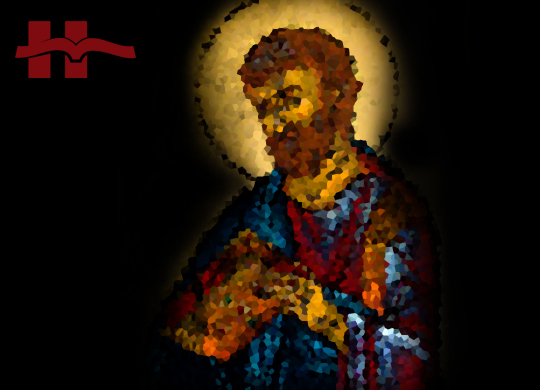
Biblical authors’ literary products are agenda-driven and discoursed for a purpose, not merely created to convey information. They carefully selected and shaped their material to convey their respective theological agendas (pericopal theology). Think of what authors can do to just one facet of life, time; it is the authors’ prerogative to tweak it any which way they wish: flash forwards, flash backs, summaries, ellipses (gaps in the story), pauses (for explanatory glosses), slow motions, repetitions, etc. The shackles of tyrannical time are shed by means of the literary liberty possessed by the narrator—all done to accomplish his agenda.
Mark, for instance, has his Gospel structured as one long journey with Jesus from Galilee to Jerusalem, while John, on the other hand, mentions at least three trips to Jerusalem that Jesus made during his years of ministry. For Mark, this structure furthers his goal of depicting discipleship as a journey. In other words, Mark is purposefully doing something with what he is saying in each pericope. His goal, as well as the goal of all the other authors of Scripture, is a particular response of life-change from readers and listeners to their inspired words.
The meaning of the author, therefore, is not found in the event behind the text; rather it is in the author’s interpretation of that event that the thrust of the author is located. Or to put it in other words, it is not the event behind the text that is inspired by the Holy Spirit. Instead, it is the account of the event that, being inspired, is …
… profitable for teaching, for reproof, for correction, for training in righteousness;
so that the person of God may be adequate, equipped for every good work.
2 Timothy 3:16–17
This is not to claim that the events so described in the biblical text did not happen, but simply that it is the Holy Spirit’s biblical accounts of those events that are to be attended to for life transformation, not the restoring and deciphering of those behind-the-text events themselves. It is the text that must be privileged.
All this to say that the text is not merely a plain glass window that the reader can look through (to discern some event behind it). Rather, the narrative is a stained glass window that the reader must look at (a metaphor borrowed from Sidney Greidanus). A stained glass window is carefully designed by the craftsman in accordance with a particular theme, style, location in the building, size and structure of window, nature and availability of glass, demands of patron, expertise of artist, etc. The glass, the stains, the lead, the copper, and everything else that goes into its production are meticulously planned for the appropriate effect, to tell a particular story. So too with narratives. The interpreter must, therefore, pay close attention to the text, not just to what is being said, but also how it is being said and why, in order that the agenda of the author may be discerned—what the author was doing with what he was saying (pericopal theology). It is the inspired text, itself, that must be privileged—the theological agenda of the authors must be respected.
(Watch this space for an announcement regarding Privilege the Text! A Theological Hermeneutic for Preaching.)

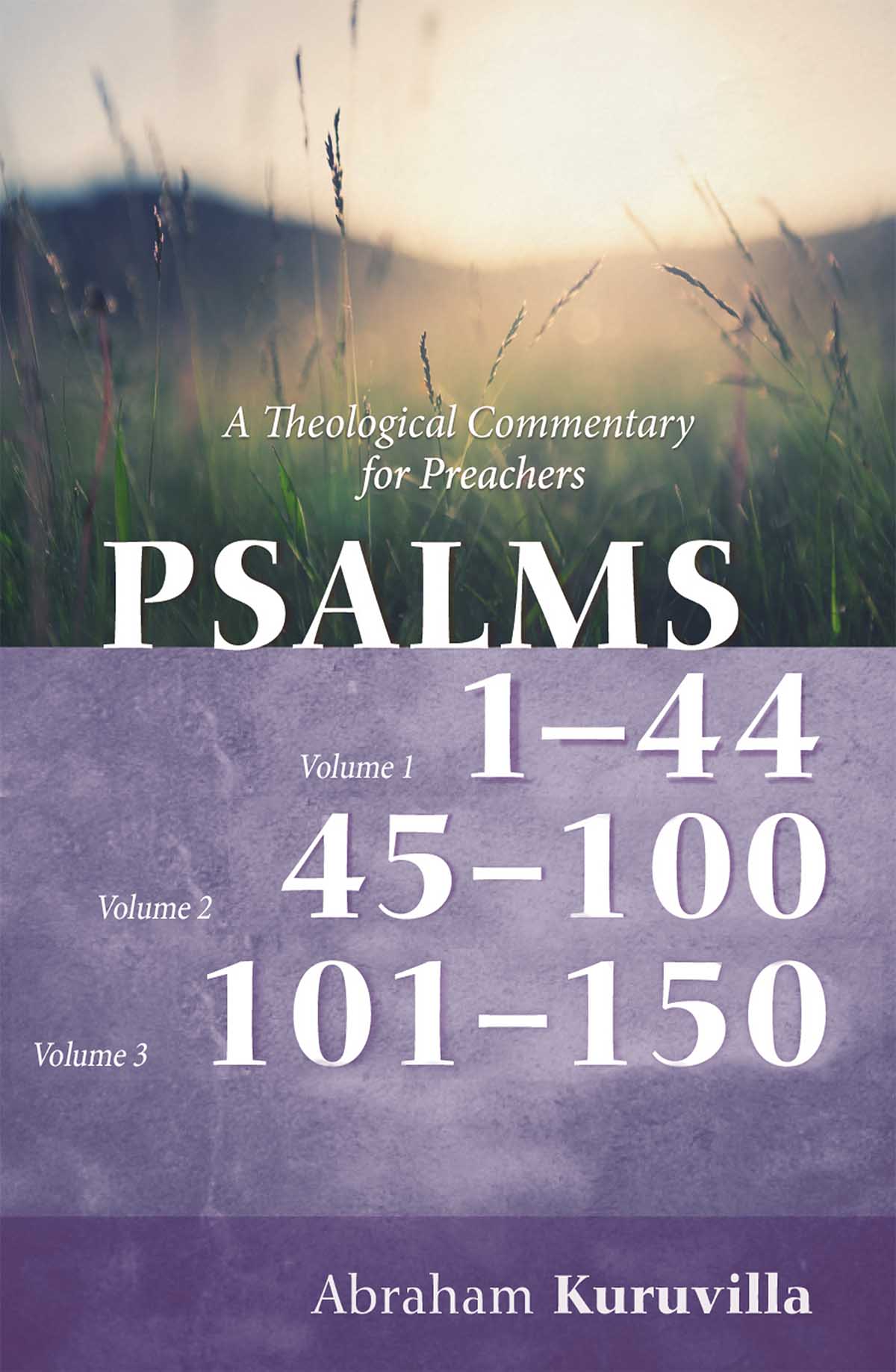
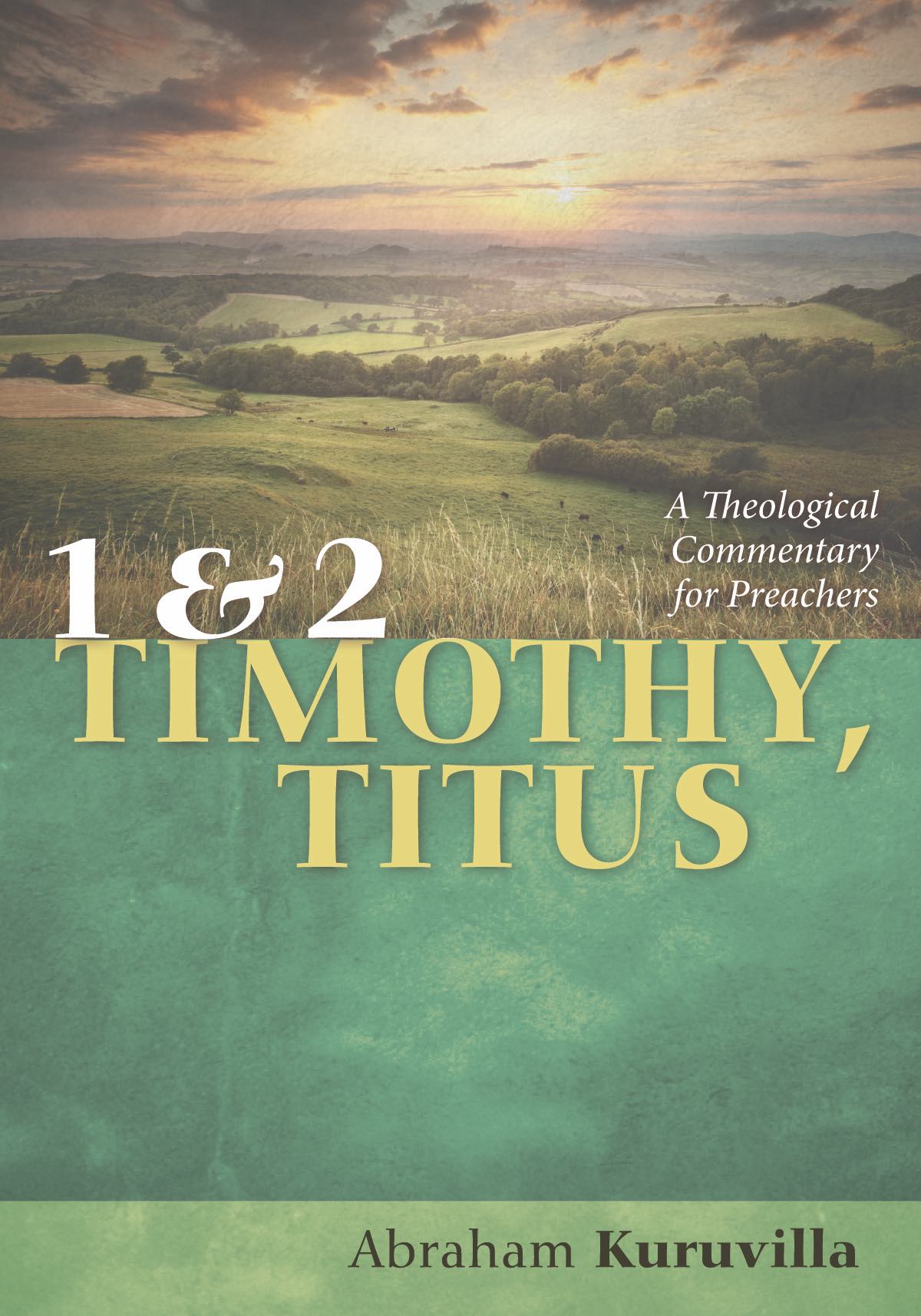
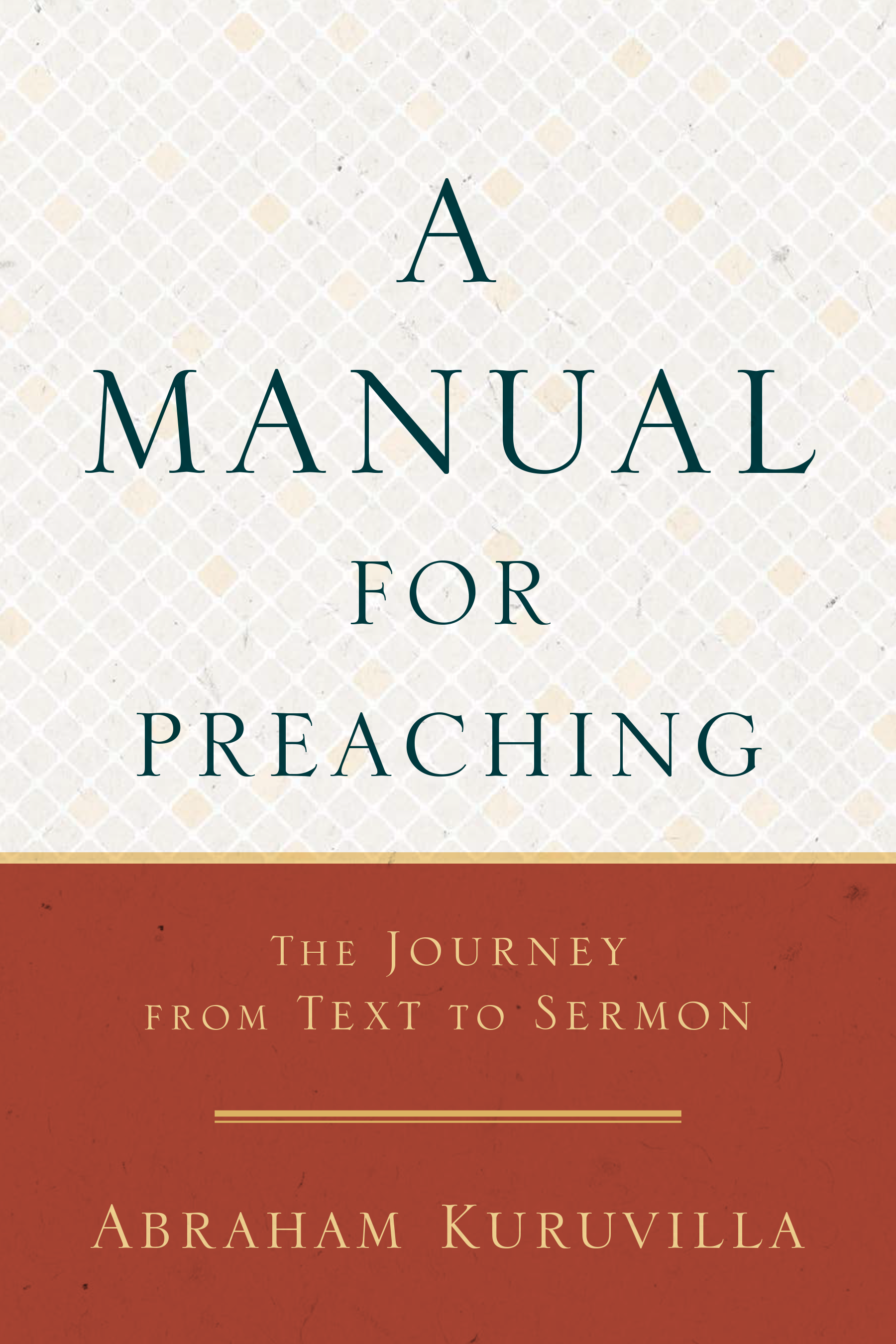

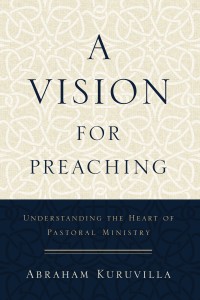





 Abe Kuruvilla is the Carl E. Bates Professor of Christian Preaching at The Southern Baptist Theological Seminary (Louisville, KY), and a dermatologist in private practice. His passion is to explore, explain, and exemplify preaching.
Abe Kuruvilla is the Carl E. Bates Professor of Christian Preaching at The Southern Baptist Theological Seminary (Louisville, KY), and a dermatologist in private practice. His passion is to explore, explain, and exemplify preaching.
2 Comments
Abe,
I love your work, as you well know. But you know me as well . . . I’m a backgrounds guy, a comparativist, methodologically speaking. What is “behind” the text is part of the context upon which the author depends to communicate his message. All communication (oral and written) is “optimal,” as the relevance theorists suggest; and so, the author assumes that the audience will “read” these gaps as well as the text itself. That is why the event “behind” the text is part of the HISTORICAL-grammatical exegetical method. So while I agree that the meaning is not behind the text, what is behind the text is nevertheless important. One must privilege the text, as you so well plead, but the background informs the message of the text in important ways.
And so says a comparativist . . .
John
Thanks for your comment, John.
And I agree with you. Background and history and geography and grammar and hermeneutic (of the author) and everything relevant to communication are quite critical … to figure out what the author is doing with what he is saying. But this “authorial doing” reigns supreme. Once that is discerned, that is what should be preached (remember my thrust is the use of the text for preaching, not for other purposes). As you rightly mention, it is the message of the text that is the important thing that is to be preached, not anything behind it, even though elements behind it are essential for arriving at that message (= author’s doing with what he is saying = pericopal theology).
Check out my 1 Sam 15 sermon, for instance (you’ve heard it). Even translations seem to be intent only on making clear what the event behind the text was: animals “bleating” and “lowing.” And in so translating the Hebrew, they miss the key word of the narrative, effectively neutralizing its message. (For those interested, hop over here, for the sermon.)